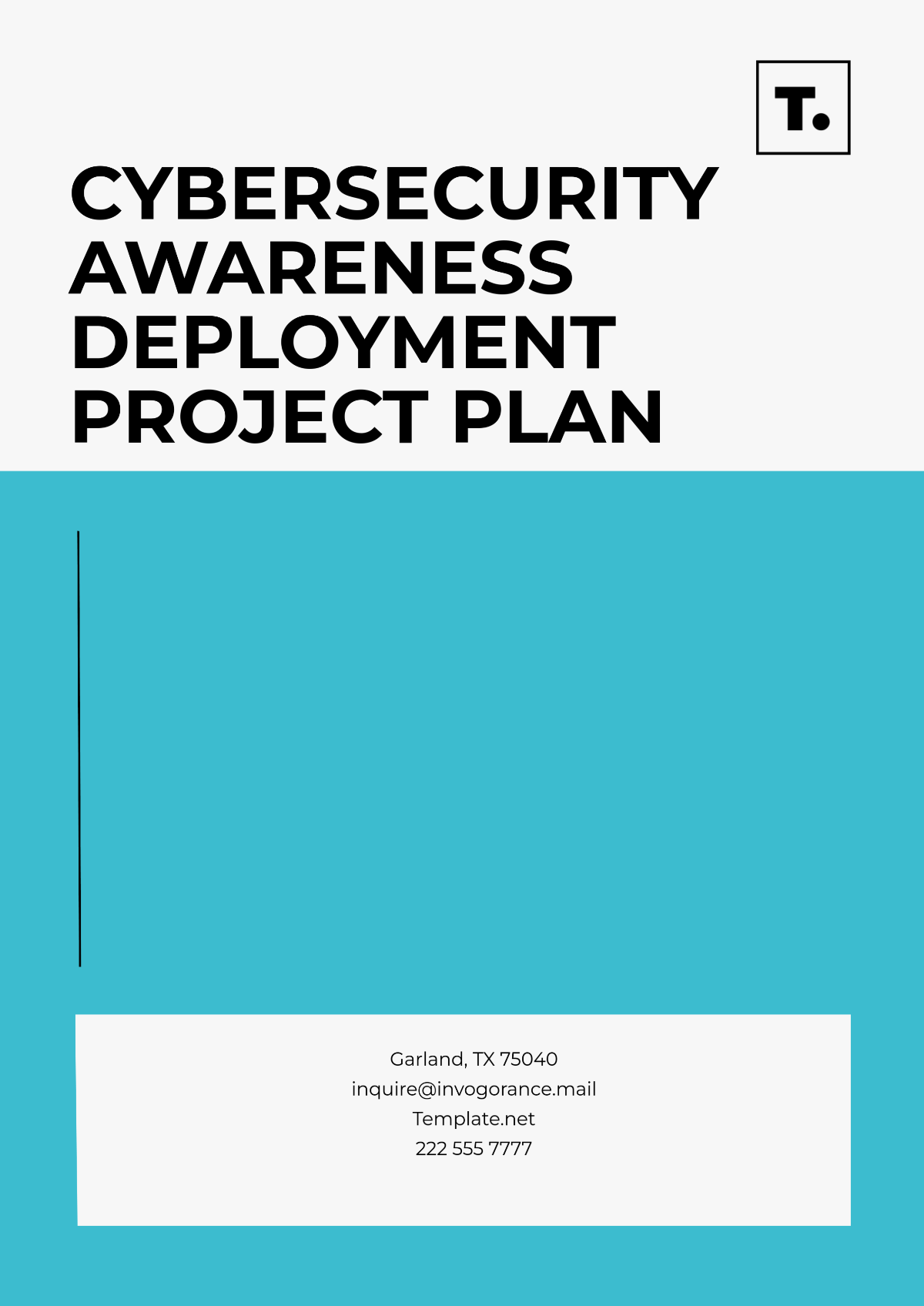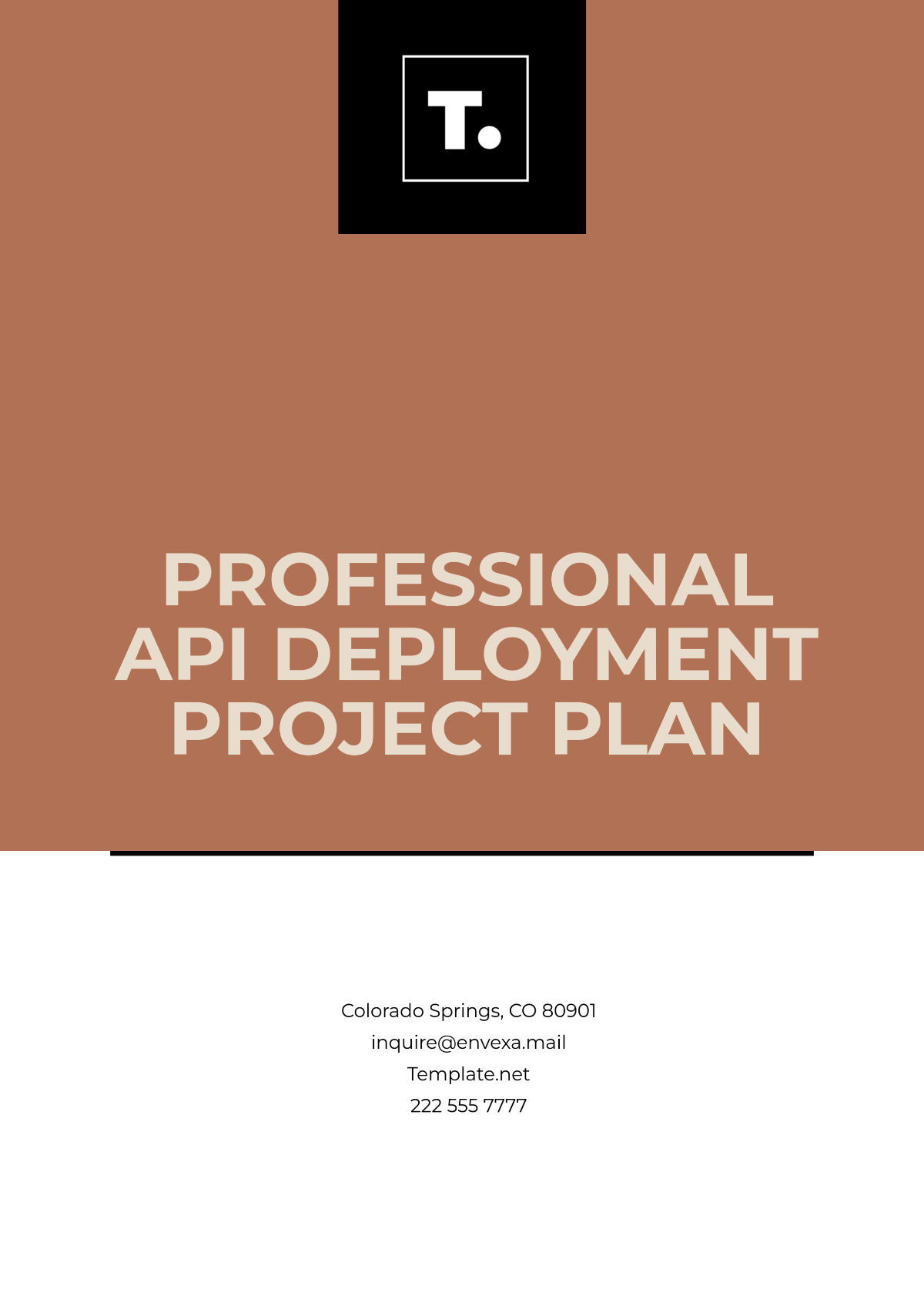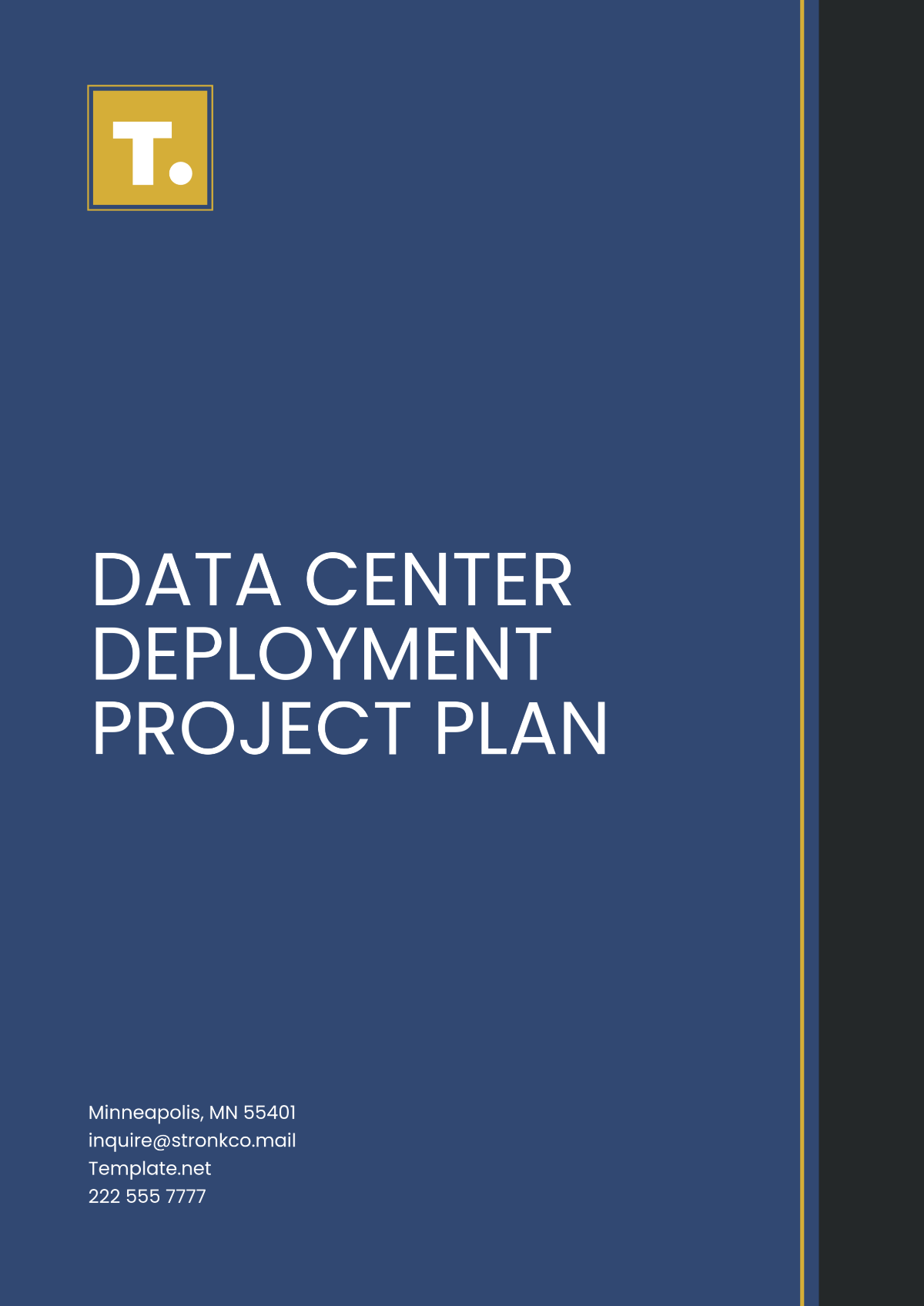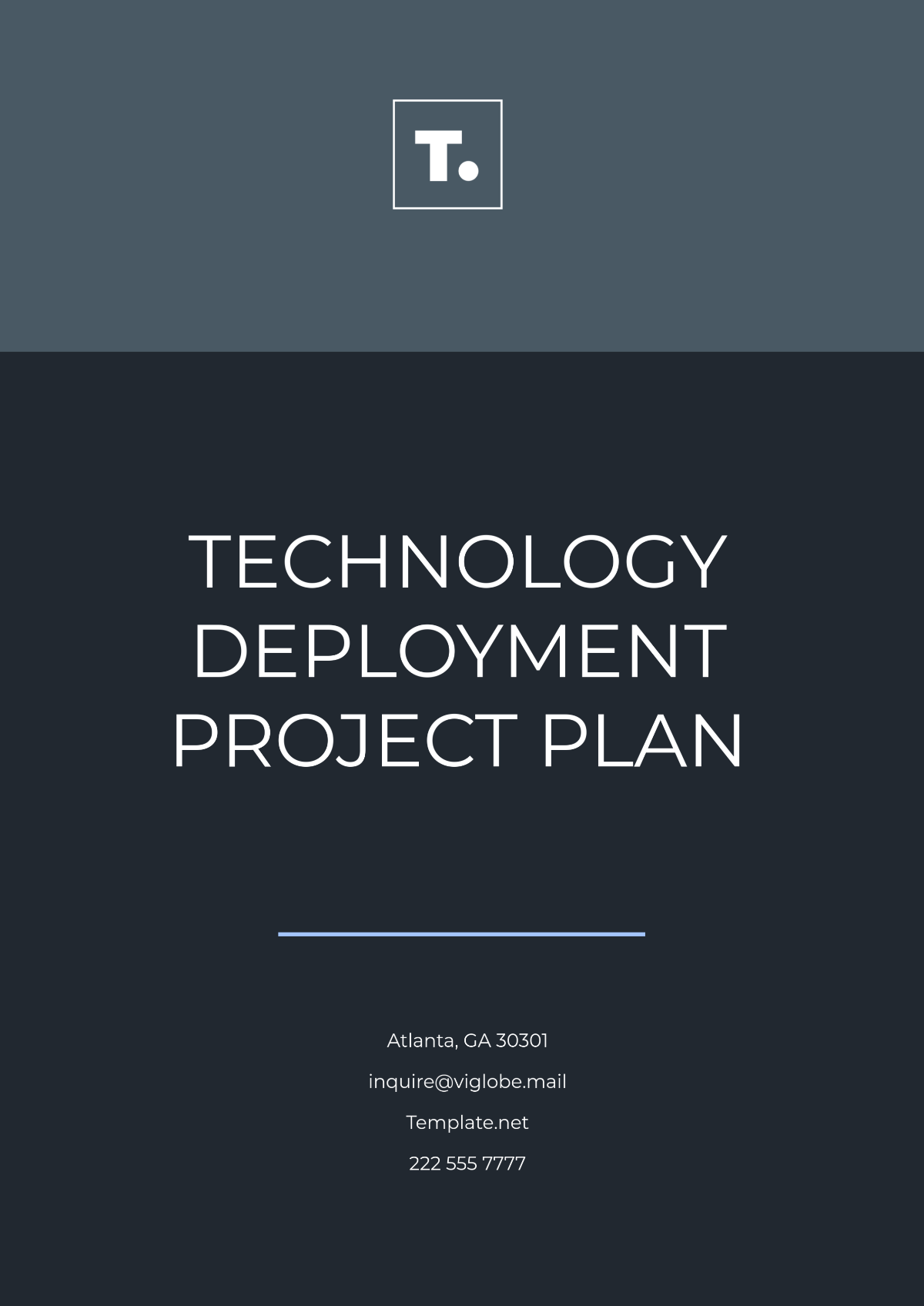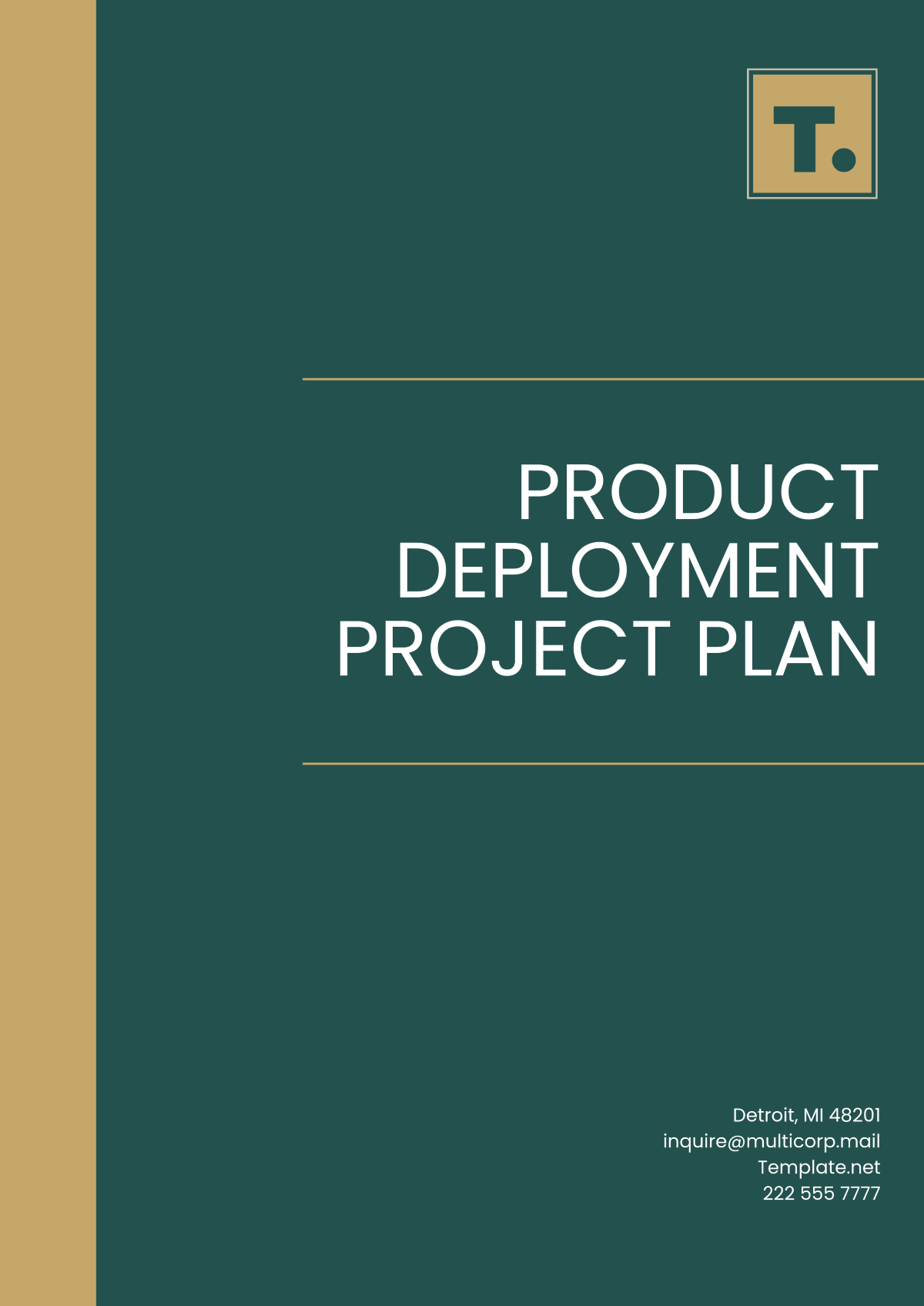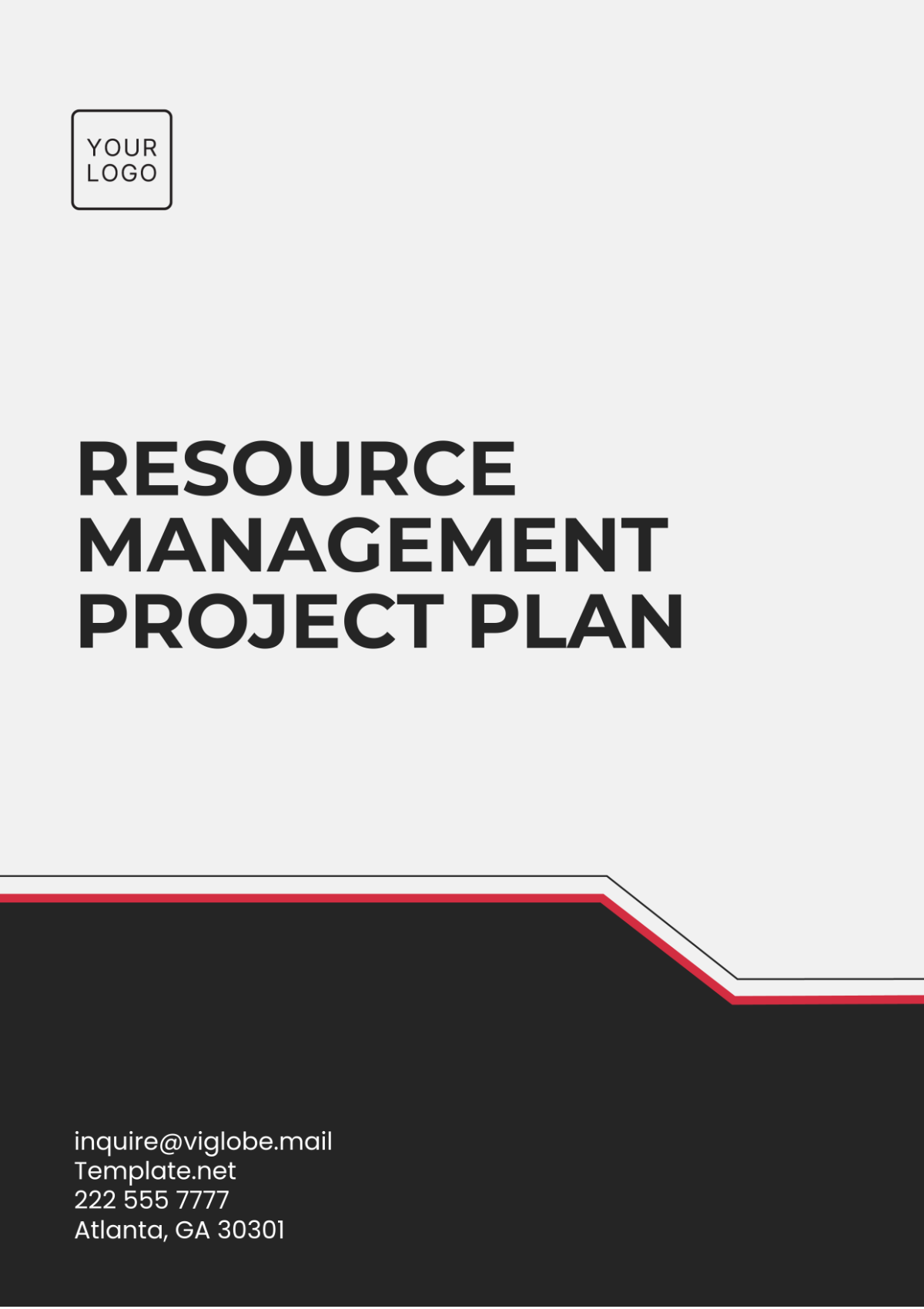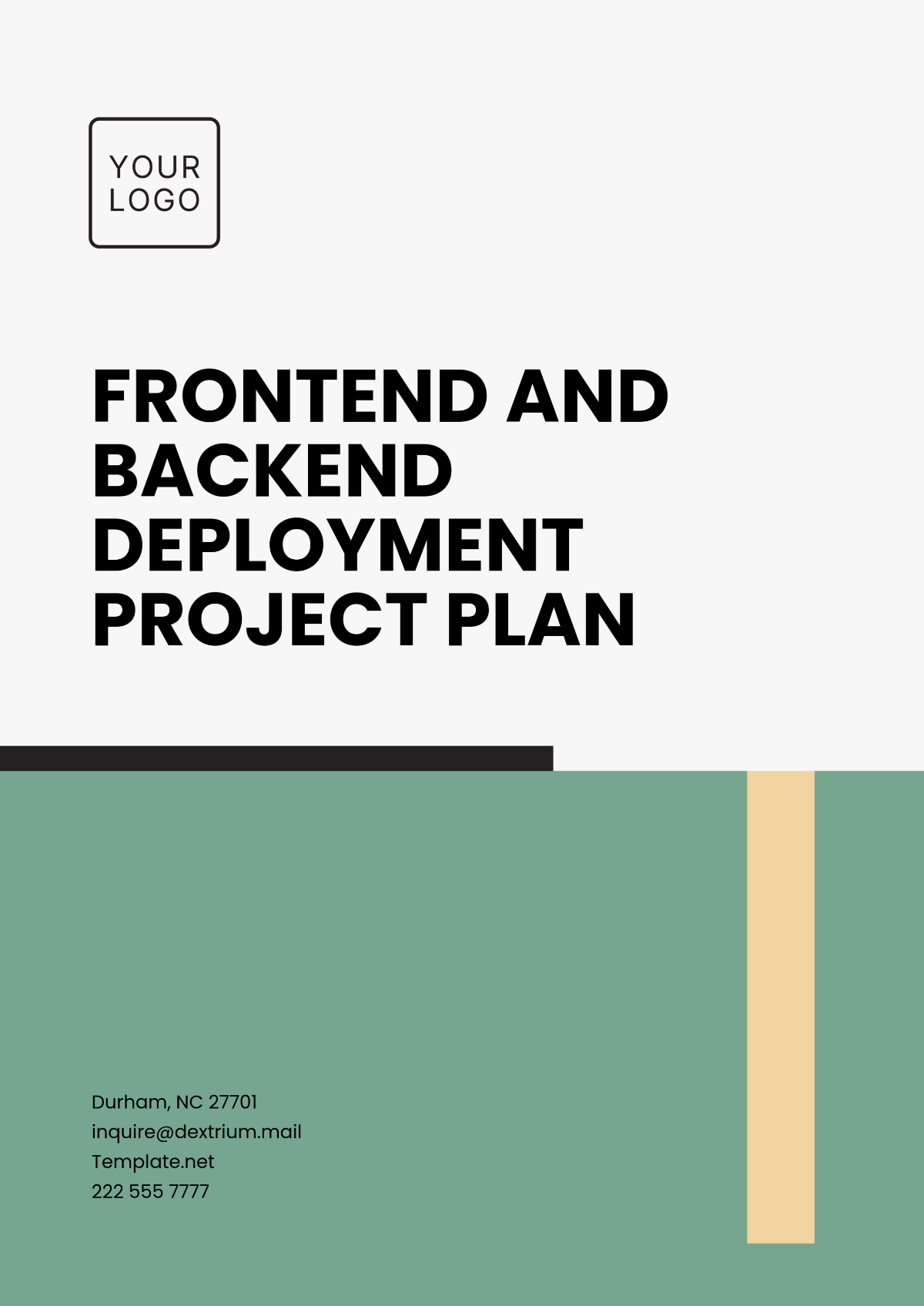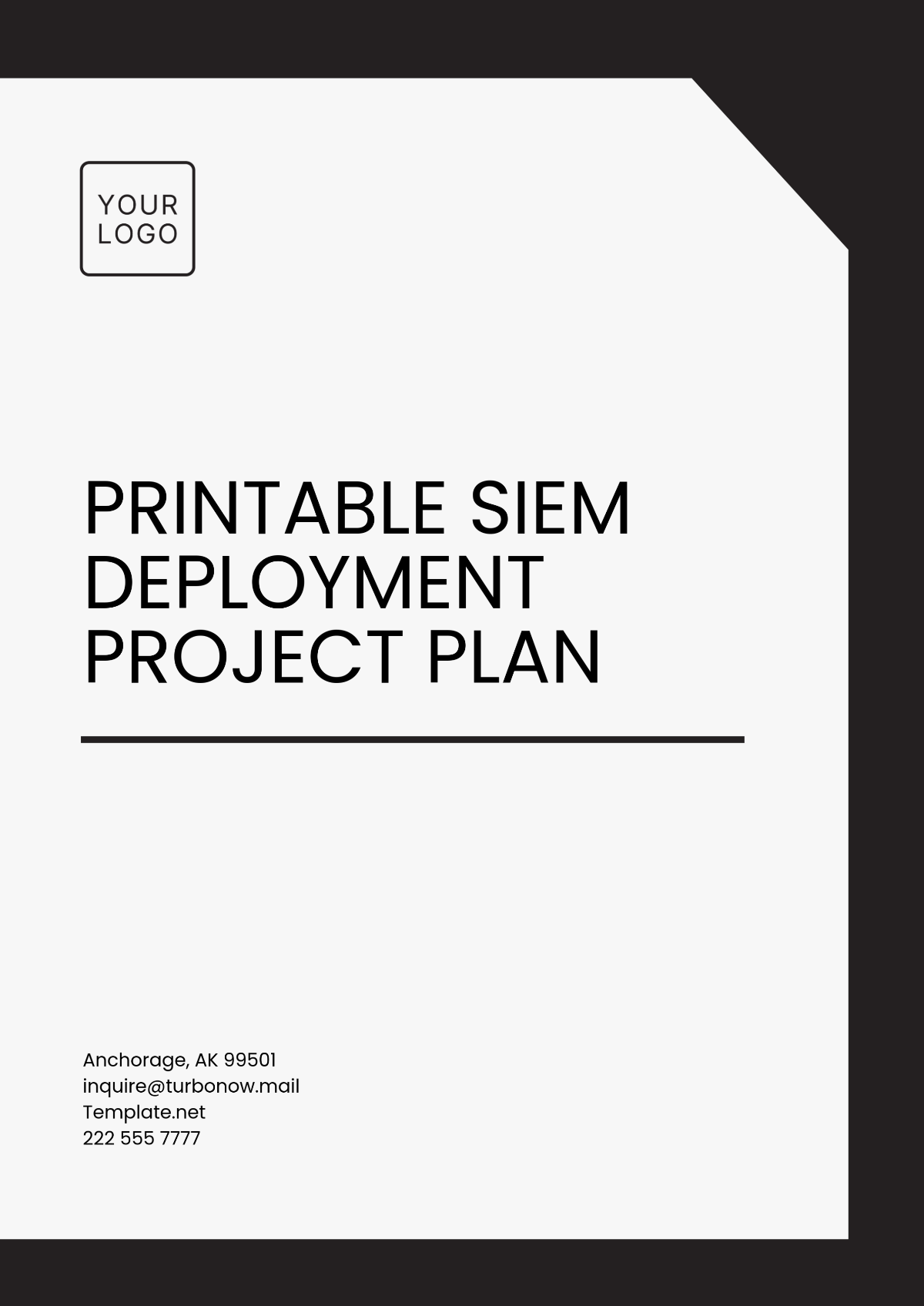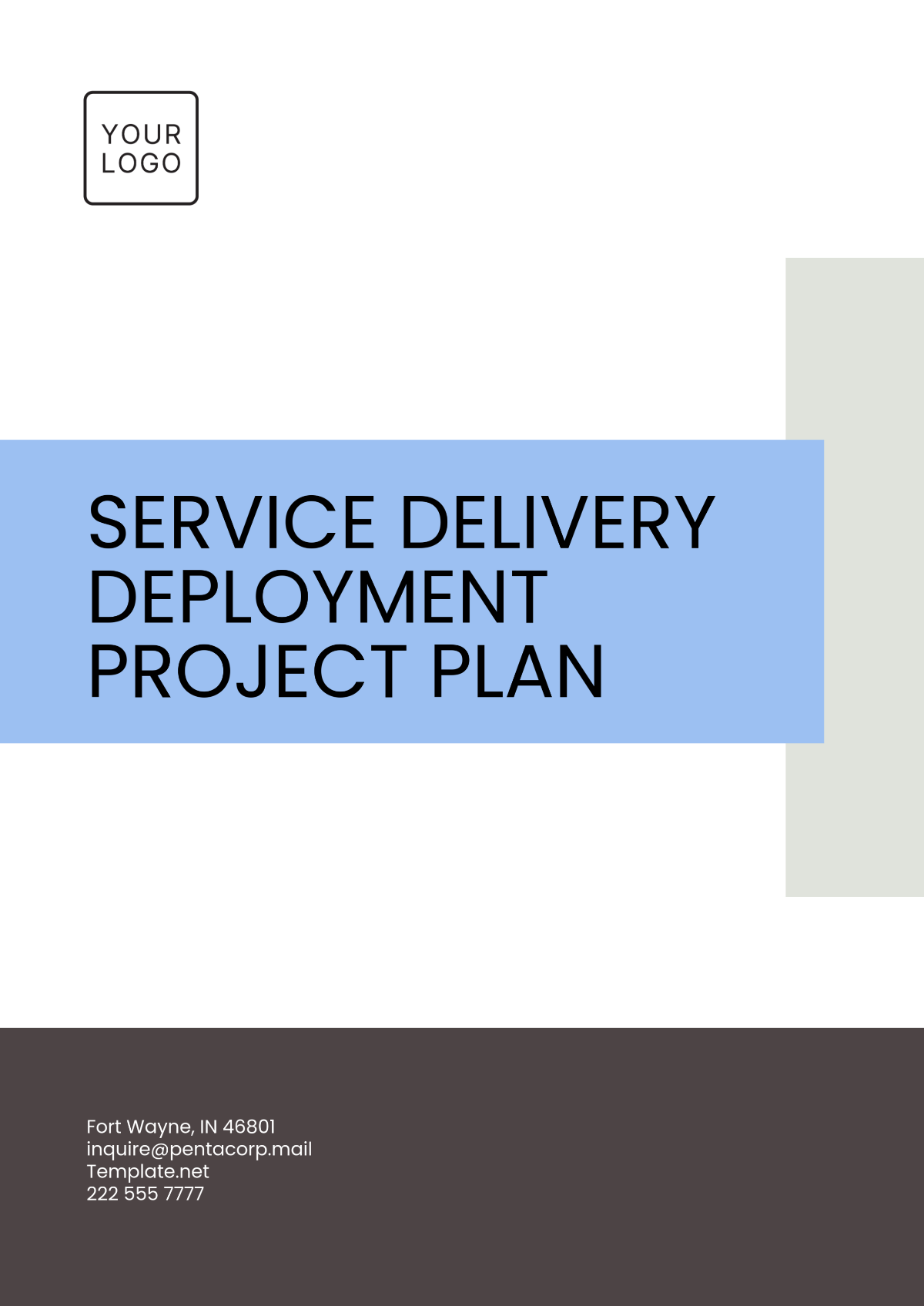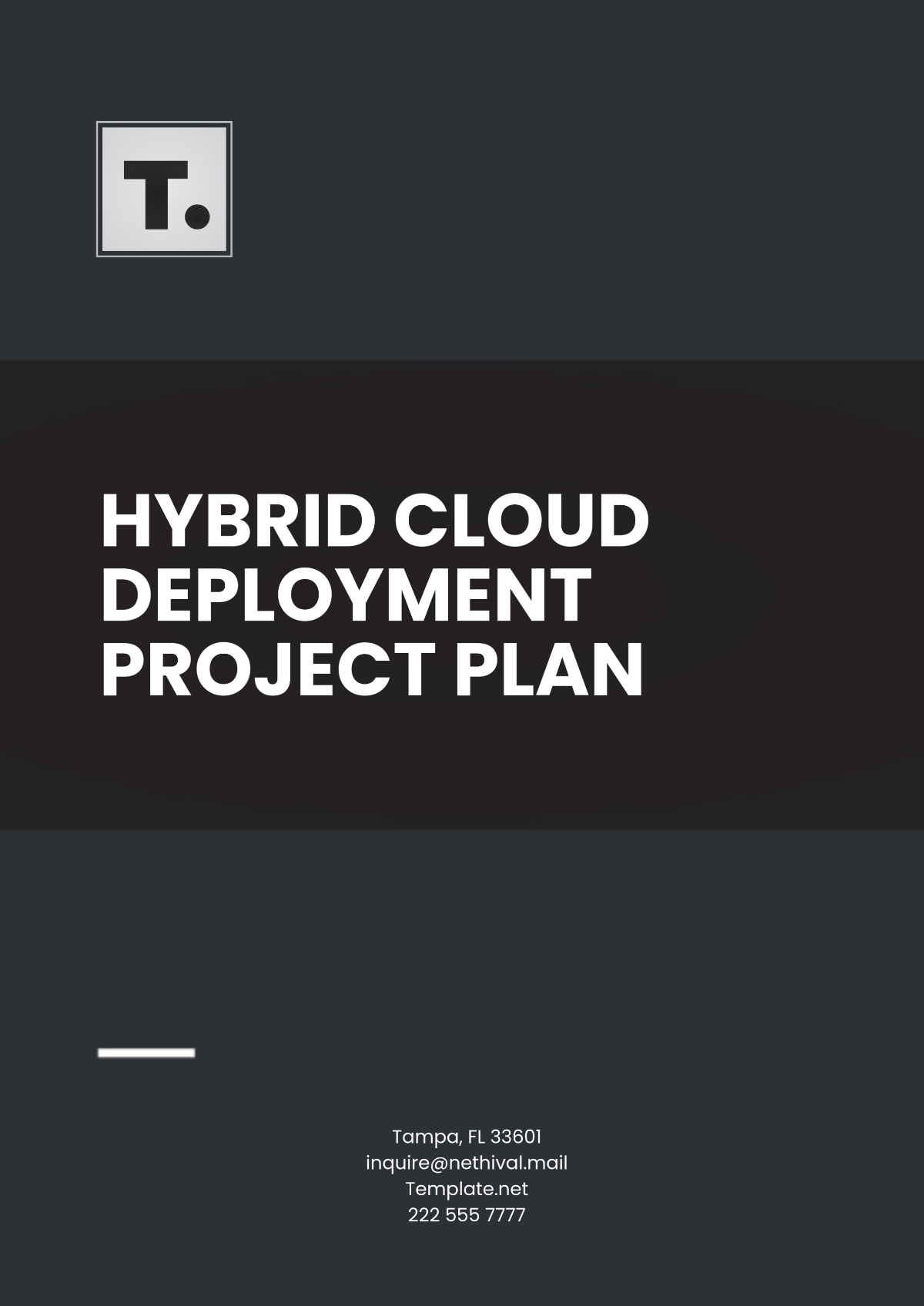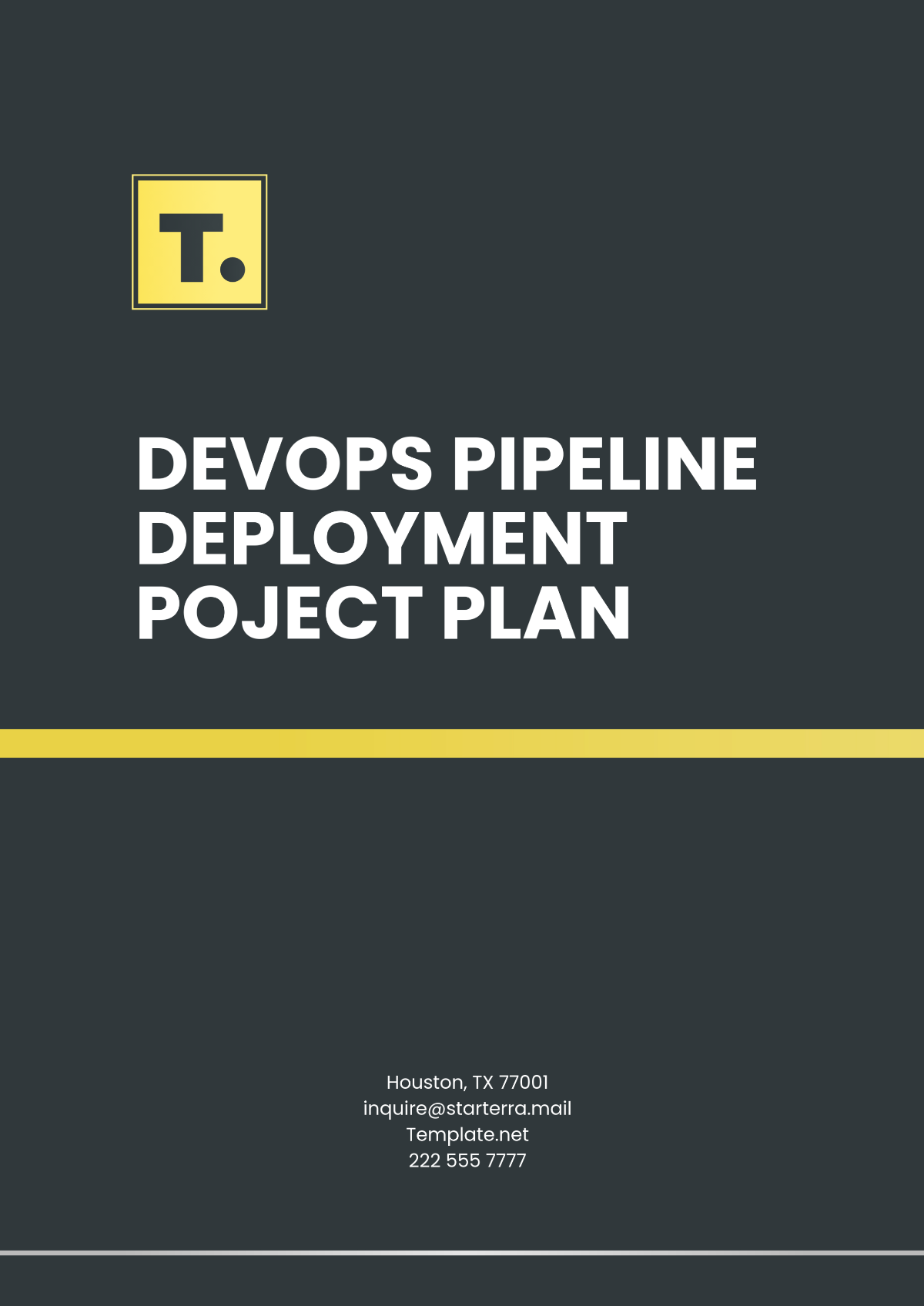Operations Risk Mitigation Project Plan
1. Introduction
This Operations Risk Mitigation Project Plan outlines the steps, strategies, and actions necessary to identify, assess, and mitigate risks associated with the launch of a new enterprise resource planning (ERP) system at [Your Company Name]. The goal is to ensure the smooth execution of the project by addressing potential risks that could hinder its success.
2. Project Overview
Project Name: ERP System Implementation
Project Manager: [Your Name]
Date Initiated: November 22, 2054
Target Completion Date: May 30, 2055
Project Description: The implementation of a new ERP system to streamline operations, improve data management, and enhance decision-making capabilities at [Your Company Name]
3. Risk Identification
The following potential risks have been identified for the project:
Risk Category | Risk Description | Impact Level | Likelihood | Risk Priority |
|---|---|---|---|---|
Operational Risks | Delays in supply chain or vendor failures due to ERP system dependency | High | Medium | High |
Financial Risks | Budget overruns or unexpected costs in system customization and training | High | Low | Medium |
Technology Risks | System failure, data breaches, or cyberattacks during ERP integration | Very High | Medium | High |
Regulatory Risks | Non-compliance with data protection regulations (GDPR, CCPA) | Medium | Low | Medium |
Human Resource Risks | Insufficient staff training or high turnover in project teams | Medium | High | High |
External Risks | Economic downturn affecting IT budget and vendor costs | Very High | Low | High |
4. Risk Assessment
Each identified risk has been assessed based on its Impact Level and Likelihood. The Risk Priority is calculated based on these factors to ensure that high-impact and high-likelihood risks are prioritized for mitigation.
5. Mitigation Strategies
For each identified risk, specific mitigation strategies are outlined below:
5.1 Operational Risks
Mitigation Strategy:
Establish multiple vendor relationships to reduce dependency on a single supplier for ERP-related services and support.
Develop contingency plans for alternative vendors, ensuring critical components of the ERP system can be sourced quickly in case of delays.
Monitor the progress of supply chain and vendor activities through regular status meetings.
5.2 Financial Risks
Mitigation Strategy:
Develop a detailed project budget that includes allowances for unforeseen costs, including customizations and system upgrades.
Conduct regular budget reviews with the finance team to track spending against the planned budget and adjust as needed.
Set aside a reserve fund to cover unexpected expenses during the implementation phase.
5.3 Technology Risks
Mitigation Strategy:
Implement robust cybersecurity measures, including encryption, firewalls, and access controls to prevent data breaches.
Conduct frequent system stress tests and simulation exercises to ensure that the ERP system is resilient to potential failures.
Establish a disaster recovery plan to restore the ERP system quickly in case of a system crash or cyberattack.
5.4 Regulatory Risks
Mitigation Strategy:
Work with legal and compliance teams to ensure that the ERP system is fully compliant with data protection regulations, such as GDPR and CCPA.
Implement regular audits to ensure ongoing compliance throughout the system implementation.
Conduct training for project teams and staff on the regulatory requirements and how they will be adhered to during the project.
5.5 Human Resource Risks
Mitigation Strategy:
Create a comprehensive training program that covers the new ERP system’s features and functionalities, tailored to different employee roles.
Offer incentives to retain key staff throughout the project, ensuring project continuity.
Develop a knowledge transfer program for employees who will be taking on new roles after the ERP system is in place.
5.6 External Risks
Mitigation Strategy:
Stay updated on economic trends and forecasts, adjusting the project scope or vendor agreements if necessary.
Develop flexible contracts with ERP vendors to allow for cost adjustments in case of economic fluctuations.
Monitor market conditions regularly to ensure the project remains financially viable in the face of external economic challenges.
6. Roles and Responsibilities
The following key roles and responsibilities are assigned to ensure the effective management of risks:
Role | Responsibility |
|---|---|
Project Manager | Oversees the implementation of the risk mitigation plan and manages communication with stakeholders. |
Risk Manager | Identifies, assesses, and monitors risks, ensuring that mitigation strategies are carried out. |
IT Department | Responsible for cybersecurity measures, system testing, and disaster recovery plans. |
Finance Team | Monitors project budget and expenditures, ensuring financial risks are minimized. |
Compliance Officer | Ensures that the project adheres to all regulatory requirements, including GDPR and CCPA. |
HR Manager | Manages training programs, retention strategies, and employee onboarding for the ERP system. |
Supply Chain Manager | Ensures the continuity of the supply chain and vendor relationships for the ERP system. |
7. Monitoring and Reporting
Regular monitoring will take place to assess the effectiveness of mitigation strategies. Key performance indicators (KPIs) include:
Risk Mitigation Progress: Percentage of mitigation strategies completed.
Budget Compliance: Percentage of project costs within the approved budget.
System Stability: Frequency of system downtimes or cyber threats encountered.
Employee Training: Percentage of employees trained on the new ERP system.
Vendor Reliability: Percentage of on-time deliveries and issue resolutions.
Progress will be reported to the project team and stakeholders on a bi-weekly basis, with adjustments made as necessary to address emerging risks.
8. Risk Response Plan
If any risk materializes, the following response plan will be activated:
Immediate Response: Identify the cause, contain the issue, and implement the relevant contingency plan, such as switching to an alternative vendor or activating the backup ERP system.
Impact Assessment: Quickly assess the severity of the issue, estimating how much it will affect the overall project timeline, budget, or outcomes.
Action Plan: Execute the appropriate mitigation measure outlined in the strategy, such as reallocating resources, renegotiating contracts, or implementing a recovery plan.
Post-Risk Evaluation: After the issue is resolved, evaluate how it was managed and update the risk mitigation strategies to prevent recurrence.
9. Conclusion
This Operations Risk Mitigation Project Plan ensures the proactive management of risks associated with the implementation of the new ERP system at [Your Company Name]. By identifying potential risks, implementing mitigation strategies, and monitoring progress regularly, the plan aims to minimize disruptions and ensure the successful completion of the project.




















